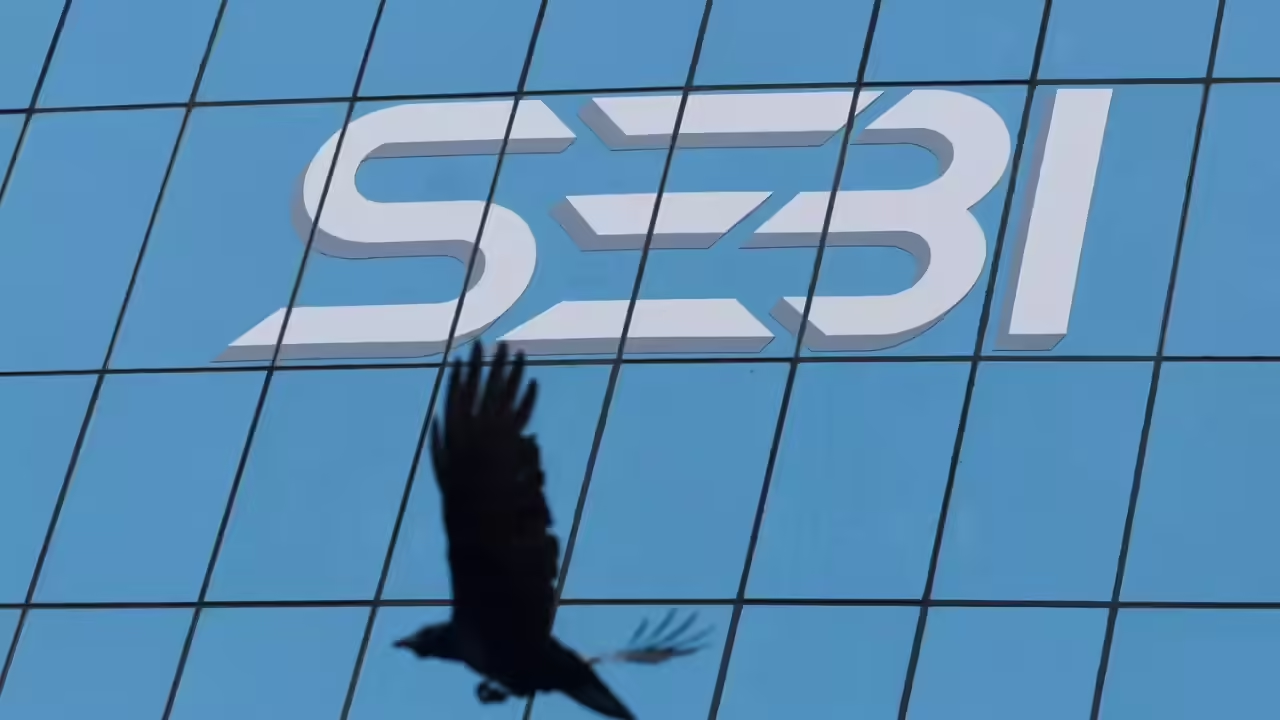In a significant shift in the Indian Air Force’s modernisation strategy, a decommissioning ceremony marked the end of a glorious era of the MiG 21 fighter to be replaced by the indigenously developed Tejas MK IA
After six decades of glorious service, the workhorse of the Indian Air Force’s, the MiG 21 flew its final sortie, albeit a ceremonial fly-past, bringing to a close a stirring and enduring saga in the annals of India’s post-Independence military history.
On September 26, 2025, the Indian Air Force (IAF) formally phased out its Soviet-era fighter jets at a moving ceremony at Chandigarh, the very location from where the aircraft made its first flight in 1963.
The recent decommissioning ceremony was attended by senior military leaders and, more significantly by veteran pilots who have flown the MiG-21 over generations.
The phasing out marks a shift in the Indian Air Forces strategy to upgrade and strengthen its air defence preparedness, with next generation machines in the shape of the indigenous Tejas Mk 1A to replace the ageing workhorse
The Tejas MK 1A: Inaugural test flight on October 17
The backbone of the IAF for decades, the MiG 21 had served with distinction in several conflicts, including the 1965 and 1971 wars and the 1999 Kargil conflict.
But past mishaps called for a review and eventual change by defence planners at the highest level to step up the process of modernisation with a more advanced aircraft. The obvious choice being the indigenous Tejas Mk 1A
The Tejas brings modern capabilities, including advanced radar and electronic warfare systems, marking a significant leap in India’s defence self-reliance.
Tejas MK 1A inaugural test flight
The Hindustan Aeronautics Limited (HAL) is hectically prepared for the first flight test of the TEJAS MK-1A fighter jet on Oct 17 at its Nashik facility.
This represents a significant advancement in India’s domestic defense production efforts.
The Nashik plant, HAL’s third production unit for the TEJAS MK-1A, is capable of manufacturing eight such jets annually. Combined with two other production units in Bengaluru, the total production capacity increases to 24 aircraft per year.
According to defence experts, the The TEJAS MK-1A, is a 4.5-generation fighter with over 40 improvements over its predecessor
It features the domestically developed Uttam AESA radar, sophisticated electronic warfare systems, digital fly-by-wire controls, and improved aerodynamics for enhanced agility.
The fighter aircraft is also capable of in-flight refueling, has a quicker maintenance turnaround, and is equipped with a variety of weapon systems, including beyond-visual-range (BVR) missiles.
The TEJAS MK-1A launch from Nashik marks a significant step in expanding India’s aerospace prowess, showcasing the nation’s capacity to adopt advanced technologies and enhance indigenous fighter jet production.
The Nashik facility employs more than 2,200 people, including 1,188 technical specialists and 395 engineers, and is a pivotal element of India’s aerospace sector.
DISCLAIMER: The views and opinions expressed in this article are solely those of the author and do not necessarily reflect the official policy or position of Pravasi Samwad. Pravasi Samwad is not responsible for the accuracy, completeness, or reliability of any information presented.










